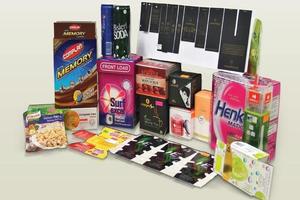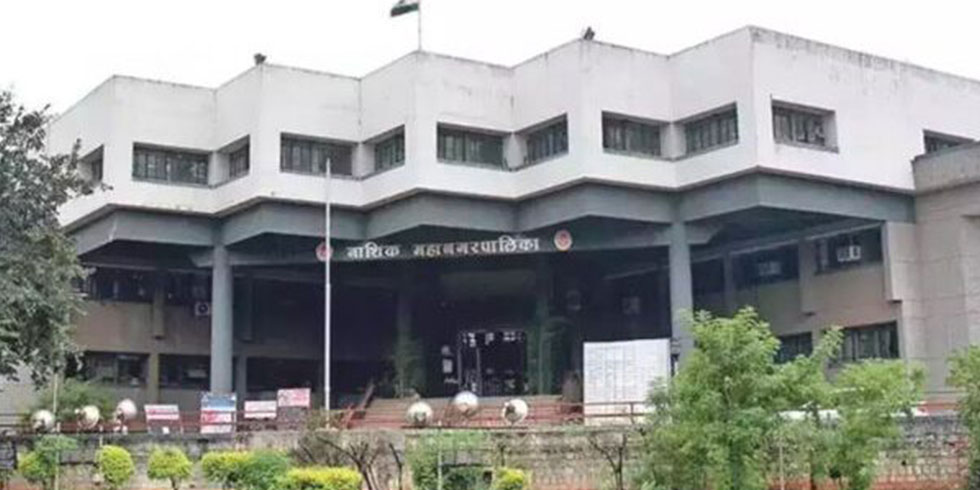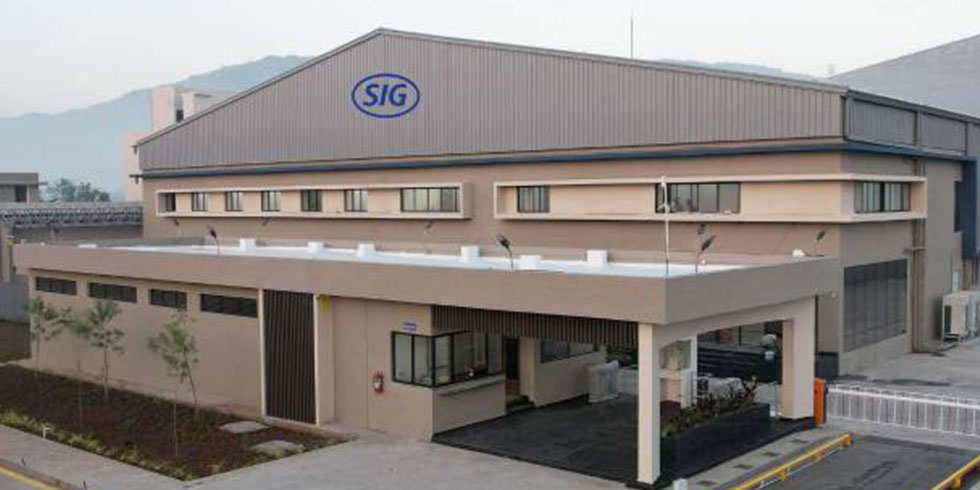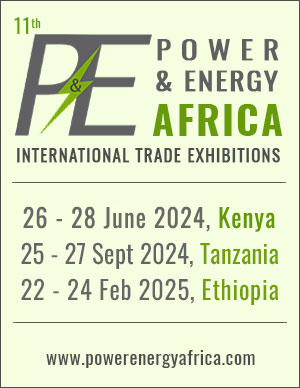The study focused on five print-packaging segments: corrugated, folding carton and paperboard, flexible, labels and tags, and other. According to the research, in 2016, the global print packaging market totals USD 244 billion. And during the period 2016-20, the market is projected to grow at an average annual rate of 5.2%. Whereas, the emerging markets will grow at an average annual rate of 6%, more than twice the 2.6% rate forecast for developed markets in 2016-20.
The report cites rising incomes and urbanisation will bolster print packaging growth, especially for flexible and labels and tags. Regionally, Asia-Pacific is the largest market projected to grow to USD 130 billion by 2020, compared to North America which projected to reach USD 90 billion and Western Europe forecast to reach USD 52-billion.
India is quickly rising in the ranks of the print packaging industry and has climbed from the eighth largest market in 2011 to fifth in 2016. In the next five years, India will be in pole position out of the 10 fastest-growing print packaging markets in Asia-Pacific. It is projected to grow at an average rate of 12.4% between years 2016-2020. As per the study, India’s print packaging revenue was USD 12.2-bn in 2016. By 2020, revenues will reach USD 18.6-billion.
By 2020, India will become the fourth largest market, ahead of Germany, and at this rate, after 2020, India will surpass Japan, becoming the third largest. The highest growth in 2016-20 will come from countries in Asia-Pacific, owing to India, Indonesia, and Vietnam. At the moment, Asia-Pacific is the largest regional market for print packaging, accounting for over 42% of revenues in this study, and will be the second-fastest-growing region, expanding 6.7% in 2016-20.
The flexible market segment will be USD 5.6-billion, corrugated comes close to be USD 5.5-billion and folding carton will account for USD 3.9-billion by 2020. The total print packaging market of India is pegged to be at $19.1-bn with each segment: corrugated, folding carton and paperboard, flexible, labels and tags, and other print packaging segment.
The report indicates that the flexible packaging market in India is much larger than the folding carton market. However, the folding carton segment in India is still sizable because of cigarettes exports, particularly in luxury goods and cigarettes.
The report is bullish about the Indian market and states that numerous international food and consumer brands such as Unilever, Nestle, and Pepsi are targeting the Indian market. This will, in turn, result in increased demand for sophisticated packaging, which will lift revenues for flexible, labels and tags and folding carton. Indian consumers are not yet as eco-conscious or focused on green packaging as are consumers in mature markets. However, there is an expectation that these trends will reach India in the forecast period, and will further drive the flexible print packaging revenues.








Add Comment